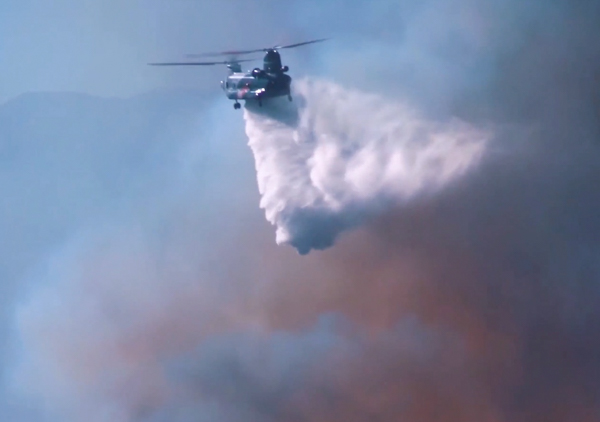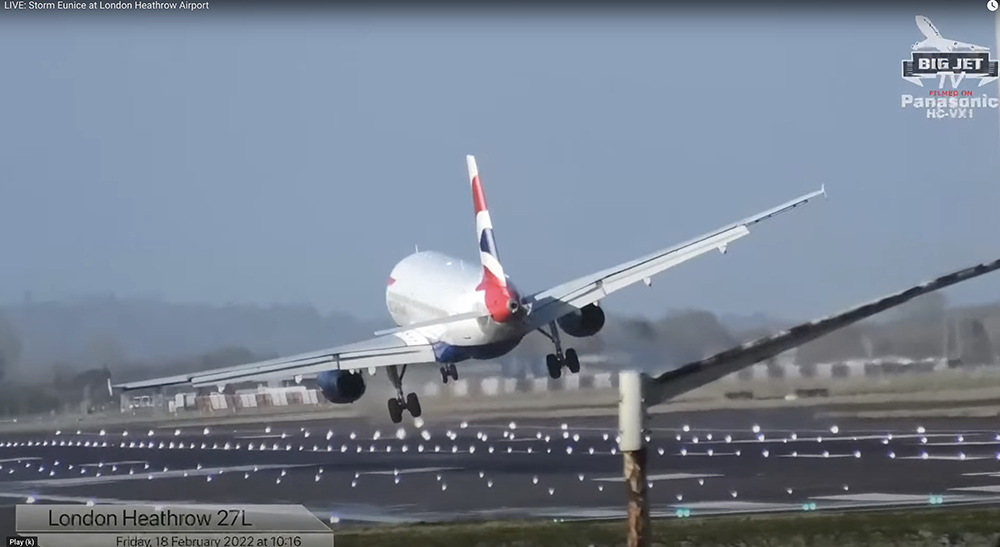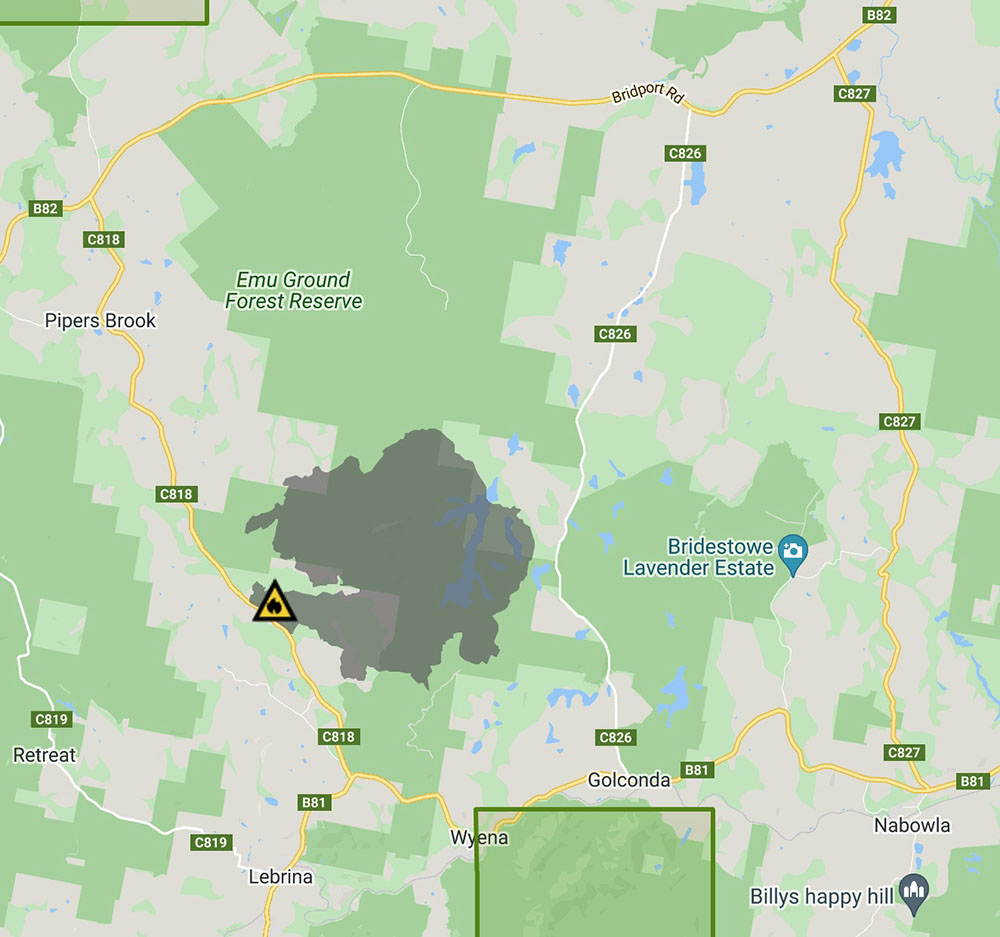12:10 p.m. PT Feb. 23, 2022

A privately owned helicopter under contract to the US military crashed Tuesday in Hawaii, killing all four on board. The S-61N operated by Croman Corporation was supporting a training operation at the Pacific Missile Range Facility. It occurred at Barking Sands in Kekaha on the island of Kauai. Everyone on board were Croman employees, according to the New York Times.
The helicopter, N615CK, was transporting an external load when it crashed.
From Hawaii News Now:
Brian Beattie, director of operations for Croman Corporation, said the Sikorsky S-61N had just retrieved an object from the water and was trying to drop it on the ground when something went wrong. The company’s choppers are used to retrieve material used in open ocean testing at the missile range.
“Something caused that helicopter to accelerate and go down,” said witness Chris Turner. “It tweaked to the right and then immediately went straight nose-down in an accelerated speed ― straight down with like one second. That was it.”
The Pacific Missile Range Facility is a Navy base on the western edge of Kauai where the military tests missile defense technology and personnel conduct exercises.
When the most recent contract for Type 1 helicopters was awarded by the US Forest Service in 2020, five of the 28 helicopters were Croman ships.
Our sincere condolences go out to the family, friends, and co-workers of the four people who lost their lives Tuesday.
#BREAKING: Authorities are responding to an “aviation incident” near the Pacific Missile Range Facility on Kauai. @KHONnews https://t.co/yVvaJAHvGV
— Kristy Tamashiro (@kristytamashiro) February 22, 2022
NTSB is investigating the Feb. 22, 2022, crash of a Sikorsky S-61N helicopter near Kekaha, Hawaii.
— NTSB_Newsroom (@NTSB_Newsroom) February 23, 2022
Update at 12:39 p.m. PT Feb. 23, 2022
Shortly after we posted the article, Brian Beattie left the following comment.
Croman Corp 2/23/2022
Pacific Missile Range Facility personnel responded to the crash of a helicopter operated by Croman Corp, shortly after 10:00 Hawaii time on February 22, 2022. The Helicopter was conducting routine training operations at the Pacific Missile Range Facility under contract to the US Navy.
The four crew members, all Croman employees, were fatally injured.
The crew members are:
Daniel Maurice; 64, Chief Pilot, Check Airman and FAA Designated Pilot Examiner
Patrick Rader; 55, Command Pilot, Check Airman
Ericka Tevez-Valdez; 42, Mechanic and Aircrew
Mathew Haider; 44, Mechanic and Aircrew.
Dan Maurice’s residence is Lyle Washington. Patrick, Ericka and Matt are residence of Kauai.
The FAA, NTSB and US Navy are scheduled to arrive on Wednesday and will investigate the accident.
Croman Corp, based in White City, Oregon has provided Commercial Air Support Service to the US Navy at PMRF since 2007.
The loss of Dan, Patrick, Ericka and Matt will leave an empty space in the lives of all that know them. Each, in their own way, represents the best in all of us and should be held up as role models to be honored.
Brian H. Beattie
Croman Corp
Thanks and a tip of the hat go out to Tom.













